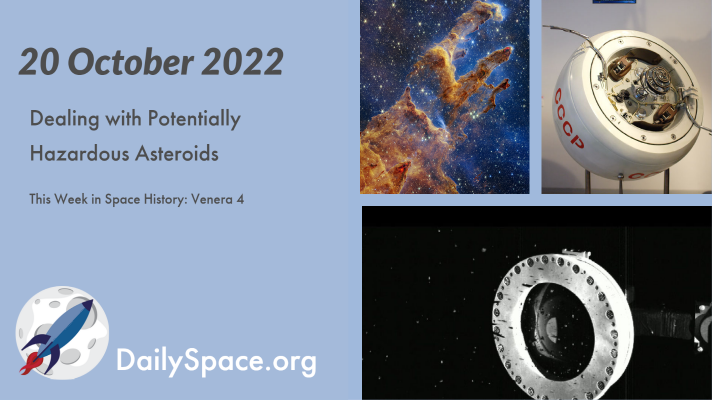
Oct 21, 2022 | Asteroids, Astrobiology, Curiosity, Daily Space, ESA, Galaxies, JAXA, JWST, Mars, OSIRIS-REx, Space History, Star Forming Region, Venus
A trio of asteroid-related stories crossed our emails this week: Bennu’s sample is on schedule for next year’s return, researchers have developed a tool to measure an asteroid’s density distribution, and 3200 Phaeton’s rotational period has accelerated. Plus, JWST’s new Pillars of Creation image, and this week in space history, we look back at Venera 4.
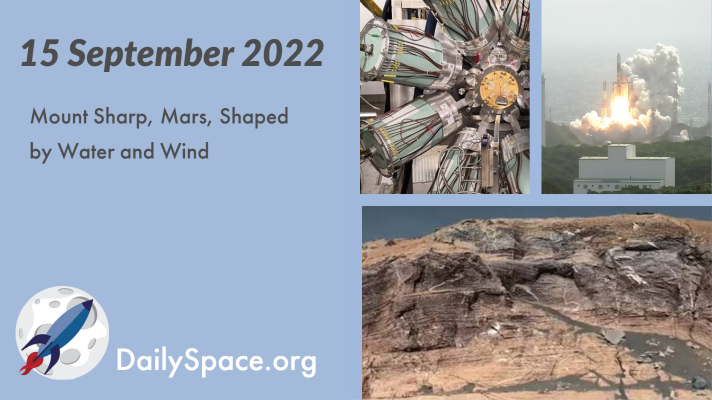
Sep 16, 2022 | Climate Change, Cosmology, Curiosity, Daily Space, Earth, Exoplanets, JAXA, Mars, Moon, Physics, Quantum, Rockets, Space China, Space History, Spacecraft, Supernovae, White Dwarfs
Data and images from NASA’s Curiosity rover found evidence that wind played a key role in erosional processes on the red planet, despite the lower atmospheric volume. Plus, astrophysics and cosmology news, a baby exoplanet, and this week in space history, we look back at an uncrewed lunar mission from Japan.
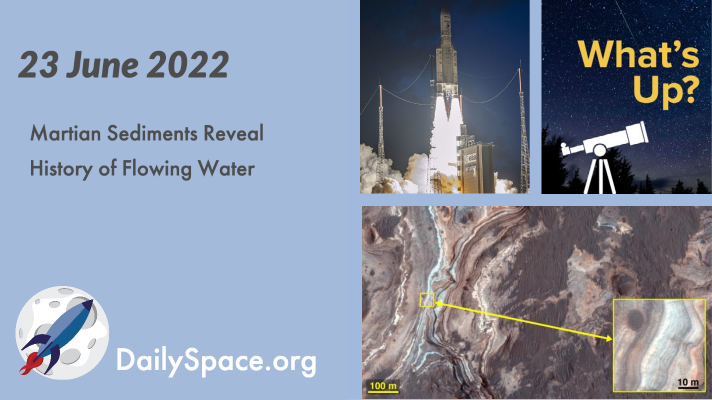
Jun 24, 2022 | Climate Change, Cosmology, Curiosity, Daily Space, ESA, Galaxies, Mars, Neptune, Physics, Rockets, Sky Watching, Spacecraft
A basin region within Margaritifer Terra on Mars contains deposits of clay-bearing sediment that provide evidence of flowing water on the red planet as recently as 2.5 billion years ago. Plus, Mars mission updates, gravitational wave detection, rocket launches, and this week’s What’s Up.
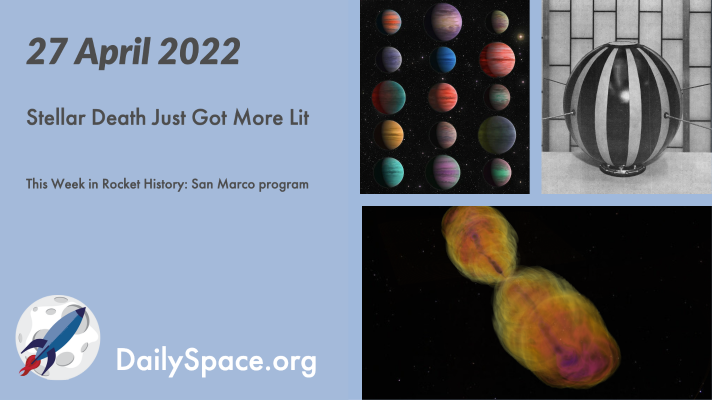
Apr 28, 2022 | Crewed Space, Curiosity, Daily Space, Exoplanets, Jupiter, KBOs, Mars, Moon, Random Space Fact, Rockets, Space History, Spacecraft, SpaceX, Stars, Supernovae
Remember that new object, COW, named for a strange supernova? We’ve seen four more of these Fast Blue Optical Transits, and new research may even have figured out just how and why they occur. Plus, Crew-4 launches, a bunch of planetary science news, micronovae, and this week in rocket history, we look back at the San Marco program.
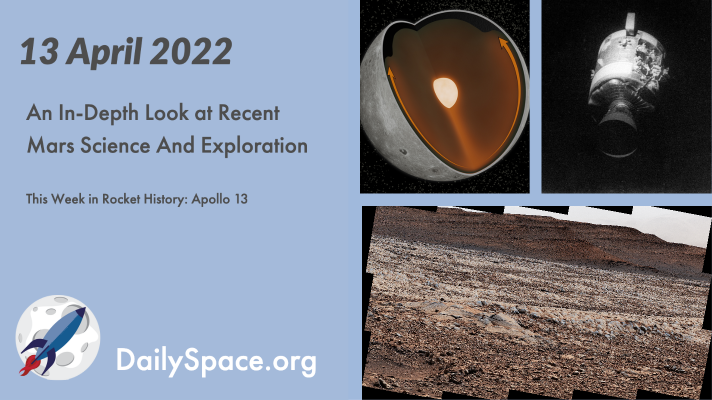
Apr 14, 2022 | Comets, Crewed Space, Curiosity, Daily Space, Mars, Moon, Random Space Fact, Space History
A new paper looks at marsquakes and what is causing them, which turns out to be magma moving. And Curiosity has found rocks it needs to go around. Then there is the weather on Mars. Plus, lunar formation, a giant comet, and this week in rocket history, we look back at Apollo 13.
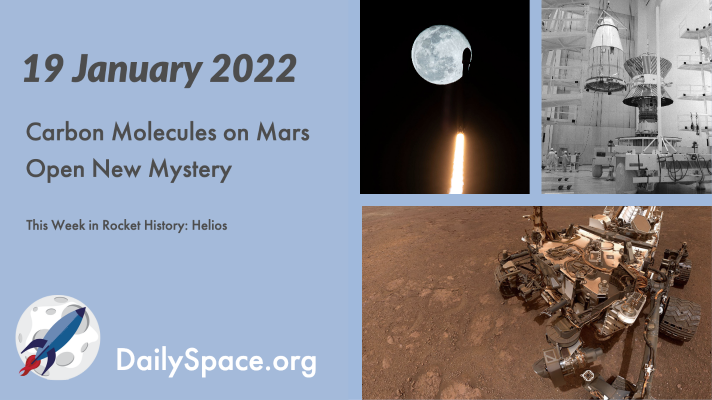
Jan 20, 2022 | Astrobiology, Cosmology, Curiosity, Daily Space, Mars, Neutron Stars / Pulsars, Rockets, Space History, Spacecraft, SpaceX, Starlink, Stars, Supermassive Black Holes, White Dwarfs
NASA’s Curiosity rover has discovered carbon isotopes on Mars which are usually caused by the degradation of biological methane, leading scientists to examine other potential reasons for the molecules. Plus, more Starlink satellites, their impact on observing, and This Week in Rocket History.








 We record most shows live, on Twitch. Follow us today to get alerts when we go live.
We record most shows live, on Twitch. Follow us today to get alerts when we go live.